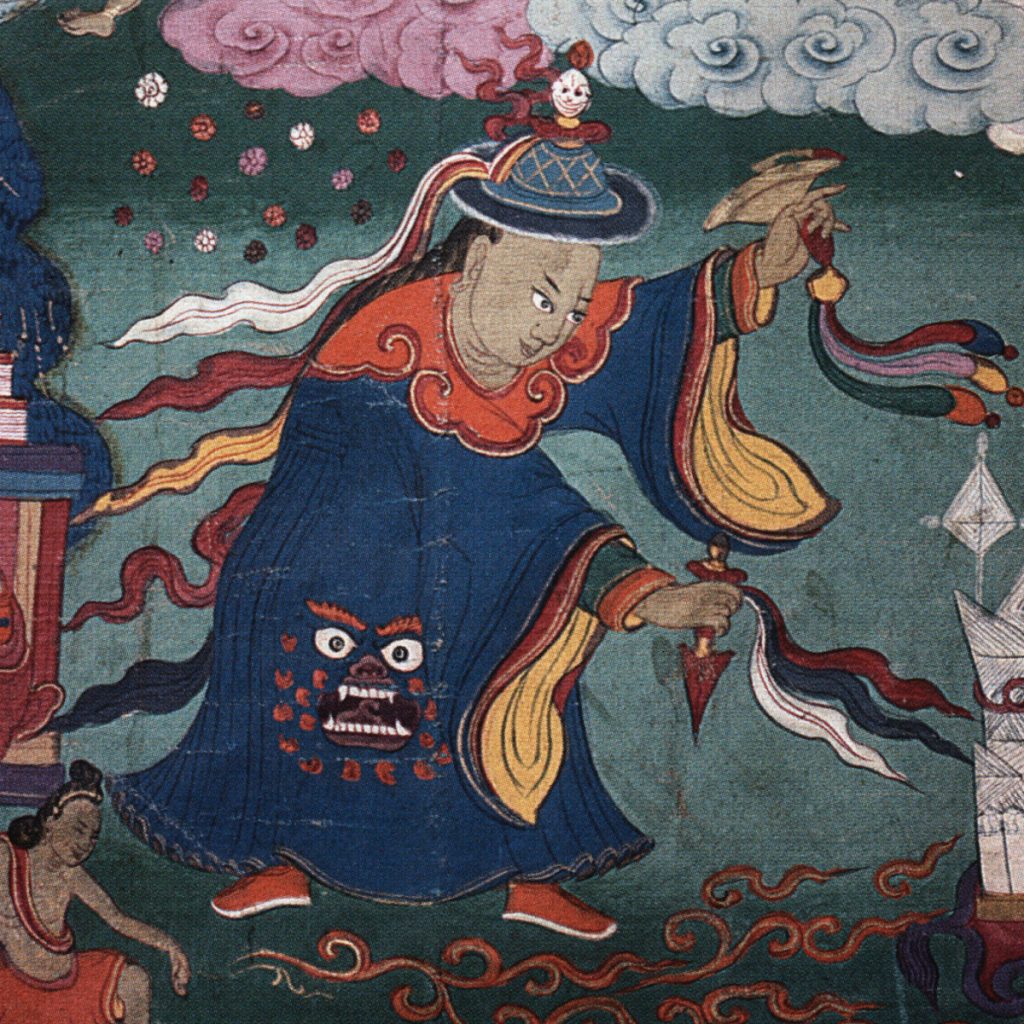The ancient tradition of harmony with nature
Himalayan Shamanism is one of the ancient spiritual traditions, rooted in the animistic beliefs of the indigenous peoples of the Himalayan region, including Nepal, Bhutan, Tibet, and parts of India (Sikkim, Ladakh). While its exact age is difficult to determine, archaeological and ethnographic evidence suggests its existence for thousands of years. This is a complex of spiritual practices based on interaction with the spiritual forces of nature, deities, ancestors, and spirits through rituals and trance states. Himalayan shamanism is deeply intertwined with local cultures, Tantric Buddhism, the pre-Buddhist Bon religion, and Hinduism, making it a unique syncretic phenomenon.
Cosmology and philosophy
At the heart of Himalayan shamanism lies an animistic worldview, according to which everything in nature — mountains, rivers, trees, animals — possesses spirit or consciousness. Central to this tradition is the concept of the five elements — space, air, fire, water, and earth — which permeate the physical, spiritual, and human realms. They symbolize not only material aspects, but also spiritual, energetic, psychological, and even subtle dimensions. An imbalance among these elements leads to illness or misfortune, which shamans seek to restore.
The five elements form the foundation of the cosmological structure as forces that maintain balance within the three-tiered world:
- Upper World: The realm of celestial spirits, deities, and higher forces.
- Middle World: The physical world inhabited by humans, animals, and nature spirits.
- Lower World: The realm of subterranean spirits, ancestors, power animals, and demons.
Shamans journey between these worlds in a state of trance to restore balance, bring healing, or receive knowledge.

The role of the shaman
The shaman is a spiritual guide, healer, and mediator between worlds. Through the rhythms of the drum, chanting, mantras, dances, or, more rarely, psychoactive substances, shamans enter trance states to communicate with the spirits of nature, ancestors, deities, or demons.
Key functions of the shaman:
- Healing physical and mental illnesses caused by spiritual imbalance or interference from malevolent spirits.
- Performing rituals for protection, removing obstacles, and soul retrieving or lost energy.
- Restoring harmony by appeasing nature spirits or ancestors through offerings.
- Predicting the future or diagnosing issues using tools such as bones, mirrors, prayer beads, or rice.
Shamans undergo a rigorous initiation process, often involving a “shamanic illness”—a physical or psychological crisis interpreted as a call from the spirits.